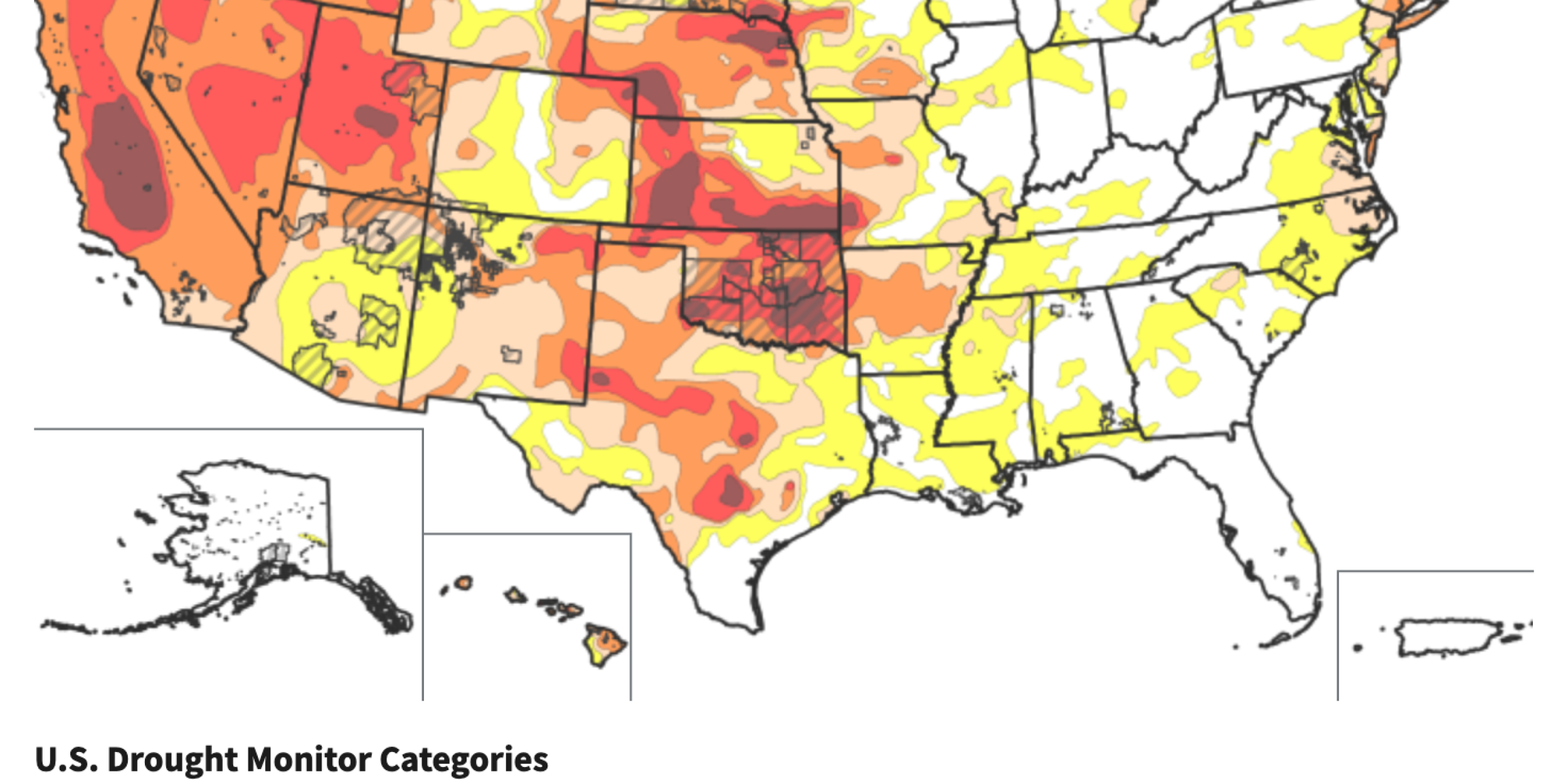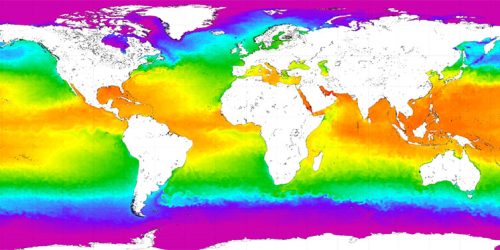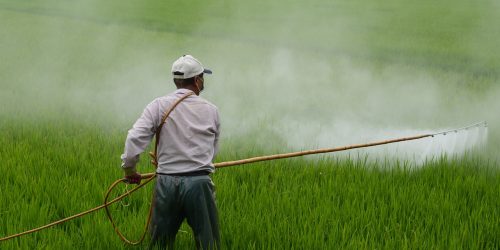NIDIS, in partnership with NOAA’s National Centers for Environmental Information, has launched a new map customization feature for Tribal Nations on the Drought.gov. This feature allows users to display reservation boundaries on any map on Drought.gov.
Users can display boundaries for the more than 300 reservations across the U.S. from the U.S. Census Bureau on any of the maps available on Drought.gov. By clicking the download icon in the top left corner of any interactive map on the website, any national map can become a local map, showing key drought and climate indicators—such as precipitation, evaporative demand, and soil moisture—for tribal lands across the United States. This provides a valuable tool for both drought monitoring and communications.
Other map customization options include the ability to:
- Zoom in to your geographic region
- Add tribal, state, or county boundary lines
- View any map layer alongside the current U.S. Drought Monitor
- Adjust the transparency of map layers and change the basemap
- Display or hide a detailed map description
- Download a high-quality PNG file of your customized map.
NIDIS launched this feature in direct response to the NIDIS Tribal Drought Engagement Strategy, which was developed in close consultation with 22 tribal natural resource managers across the Missouri River Basin and Midwest. One key challenge identified by tribal partners is limited reservation-specific monitoring and forecasting data, as well as the absence of tribal boundaries on drought maps and communications. This new feature is a step toward addressing that need.
For more information, contact Crystal Stiles.
Image credit: Drought.gov (with data from U.S. Census Bureau, U.S. Drought Monitor)










